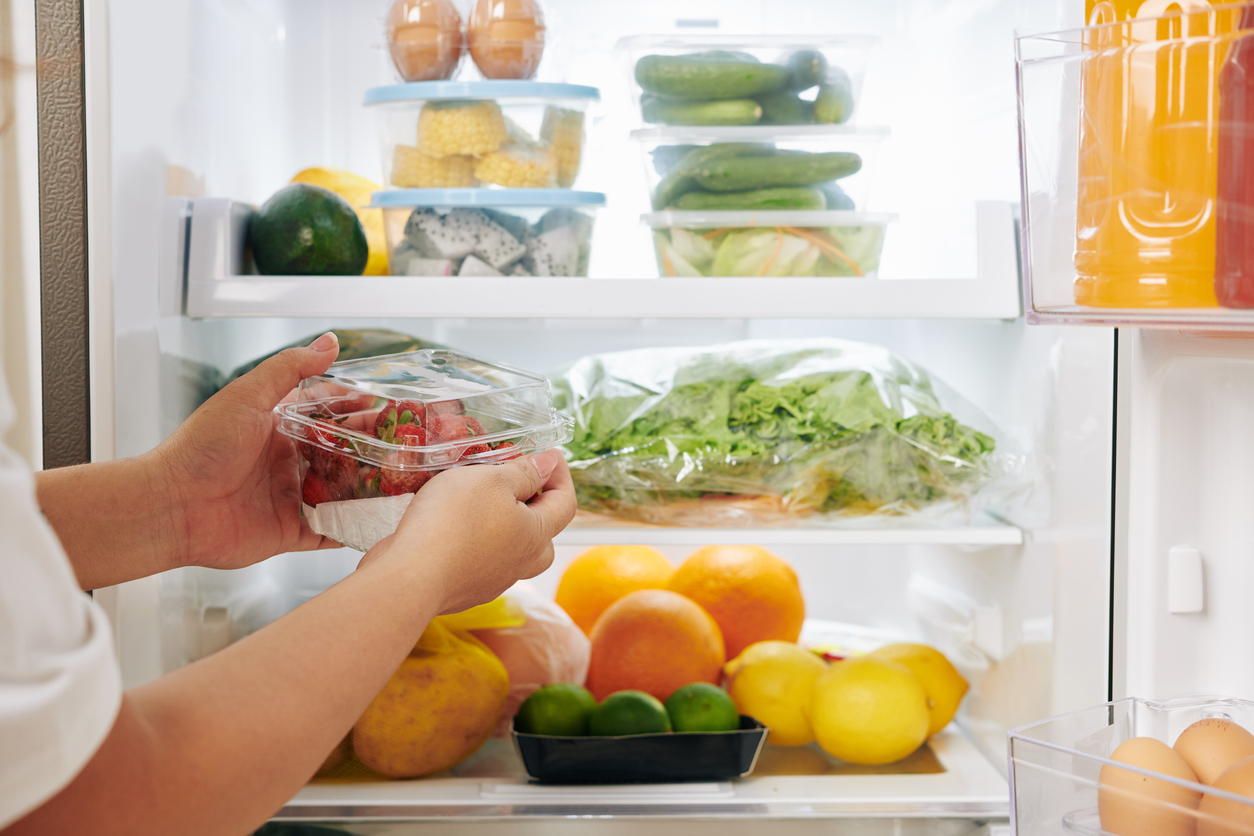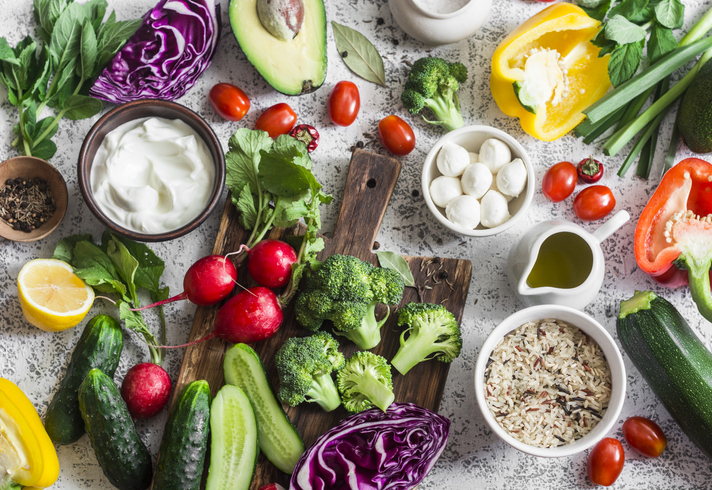
5 Suggestions to Keep Food Costs Under Control
It’s been a challenging couple of years with COVID-19, floods, and now a war impacting food prices. If you are struggling with ways to contain rising food costs, you are not alone – many families are worried about providing a variety of healthy foods for their families. It is getting more and more challenging and you’re likely already doing lots to curtail your food costs – making a shopping list, using coupons, taking advantage of sales, etc. These are our top five suggestions:
1. Plan and shop once a week. This is tough to do, but it works! Every time you shop you pick up something you likely don’t need. Make a plan and stick to it as much as possible. Forget something? Make do without it or substitute with another ingredient.
2. Cook once – eat twice (or three times!). Do you ever feel discouraged after making a delicious meal and in 10 minutes it is all gone? Double up the recipe and serve the same meal twice in one week or use the leftovers for lunches the next day. You can change out the veggie and it can feel like a different meal. For example, make a double or triple batch of pasta sauce and freeze some for another meal or have pasta two nights that week. Another idea is to roast two chickens instead of one and use one for sandwiches for lunch that week. Keep the bones and make a flavourful stock. Add lots of pot barley and vegetables and you have another lunch or dinner meal.
3. Eat more plant-based meals. Meat can be expensive, but just about everything you can think of can be done meatless – chile con carne with a variety of beans and vegetables, tacos with beans, meatless pasta sauce, stir-fry with tofu, veggie burgers (make your own). Eating less meat is good for your health, the planet and your budget!
4. Eat local and in season. It’s tempting to pick up those beautiful raspberries and tomatoes off season. Try to stick with root vegetables during the winter months – carrots, turnip, beets, parsnips. Roast up two large baking pans of root vegetables and make them last for two meals. Add grated carrot, beets, zucchini and apple to your salads instead of tomatoes and avocado. You don’t need to buy an expensive vegetable slicer either – a handheld julienne vegetable peeler works great. Divide up the vegetable preparation amongst family members to make meal prep faster and easier.
5. Eat out and order-in infrequently. This is the hardest to stick to. After a long week at work, ordering in pizza for the family is so tempting. How about a compromise? Buy ready-made pizza dough or crusts and a variety of healthy ingredients and gather the family around to create your own pizzas. It makes for a fun Friday night! Here’s an idea: When you make the grocery list this week, ask each family member to add a healthy pizza topping to the list. It’s best to avoid deli meats – they are expensive and loaded with salt and nitrites/nitrates. Use leftover roast chicken, ground turkey, or lean ground beef and consider making at least one pizza without meat. In the summertime and if you have a BBQ, try cooking the pizzas on the BBQ to help keep the house cool.



